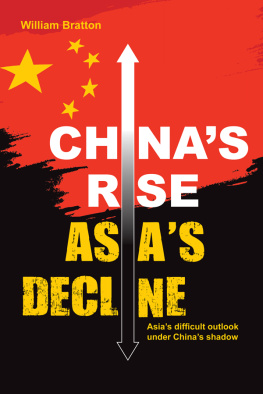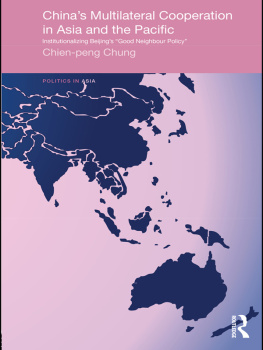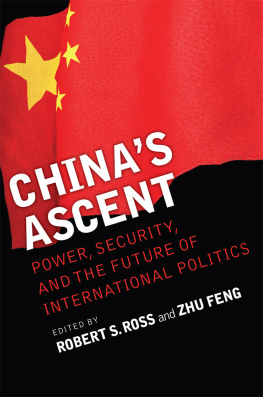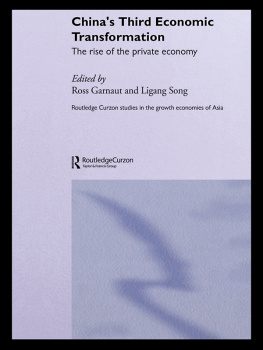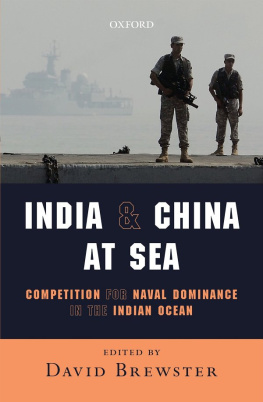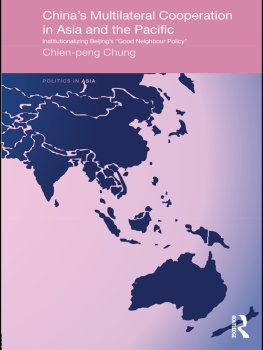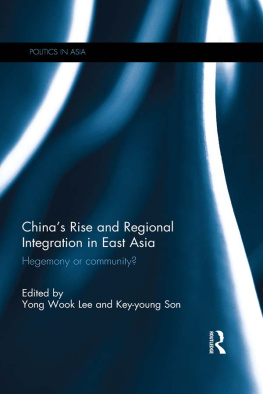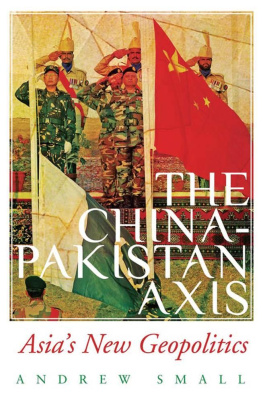Contents
Guide

2021 Marshall Cavendish International (Asia) Pte Ltd
Text William Bratton
Published by Marshall Cavendish Editions
An imprint of Marshall Cavendish International

All rights reserved
No part of this publication may be reproduced, stored in a retrieval system or transmitted, in any form or by any means, electronic, mechanical, photocopying, recording or otherwise, without the prior permission of the copyright owner. Requests for permission should be addressed to the Publisher, Marshall Cavendish International (Asia) Private Limited, 1 New Industrial Road, Singapore 536196.
Tel: (65) 6213 9300. E-mail:
Website: www.marshallcavendish.com
The publisher makes no representation or warranties with respect to the contents of this book, and specifically disclaims any implied warranties or merchantability or fitness for any particular purpose, and shall in no event be liable for any loss of profit or any other commercial damage, including but not limited to special, incidental, consequential, or other damages.
Other Marshall Cavendish Offices:
Marshall Cavendish Corporation, 800 Westchester Ave, Suite N-641, Rye Brook,
NY 10573, USA Marshall Cavendish International (Thailand) Co Ltd, 253 Asoke,
16th Floor, Sukhumvit 21 Road, Klongtoey Nua, Wattana, Bangkok 10110, Thailand Marshall Cavendish (Malaysia) Sdn Bhd, Times Subang, Lot 46, Subang Hi-Tech Industrial Park, Batu Tiga, 40000 Shah Alam, Selangor Darul Ehsan, Malaysia
Marshall Cavendish is a registered trademark of Times Publishing Limited
National Library Board, Singapore Cataloguing-in-Publication Data
Name(s): Bratton, William.
Title: Chinas rise, Asias decline : Asias difficult outlook under Chinas shadow / William Bratton.
Description: Singapore : Marshall Cavendish Editions, [2021] | Includes bibliographical references and index.
Identifier(s): OCN 1202590288 | e-ISBN: 978 981 4928 96 0
Subject(s): LCSH: China--Foreign relations--Asia. | Asia--Foreign relations --China. | China--Foreign economic relations--Asia. | Asia--Foreign economic relations--China.
Classification: DDC 327.5105--dc23
Printed in Singapore
For Charles, Claire, James and Luke
Contents
Preface
When I first arrived in Asia 20 years ago, China was not considered particularly important. The US and its regional allies dominated all aspects of the region while China was seen as an almost curious economic experiment. I remember having discussions as to whether it would be able to sustain its post-1978 growth or whether the countrys internal contradictions would result in its eventual collapse. Multiple arguments were advanced as to why the regional giant would not be able to maintain its growth trajectory, ranging from the economic (the country suffers from excessive capital misallocation or the banking system has substantial exposure to bad debt), to the geopolitical (the increasing wealth gap between the coastal and inland provinces will result in political fragmentation), to the social (the countrys deteriorating demographic situation will place an excessive and unsustainable strain on government spending and public finances).
Many of these arguments continue to circulate. There is substantial literature as to why Chinas development model is fundamentally flawed and its economic growth unsustainable. But all this criticism and cynicism looks increasingly hollow as Chinas economy has wilfully refused to collapse. China has proved its doubters wrong, as it has instead gone from strength to strength. It is true that I describe myself as a China bull and have spent much of my working life arguing against those who appear to be almost fundamentally opposed to its ascendency (a view which is surprisingly common across the financial industry). But I firmly believe that Chinas success at transforming itself from a communist state-and-control economy to a dynamic mixed economyand in the process, elevating hundreds of millions out of povertyis to be commended, not criticised.
There are underlying structural and fundamental problems within China that may constrain its long-term potential; but that is no different from any other economy and the countrys ability to recognise, address and resolve such problems is significantly greater than for many of its neighbours. One of Chinas core strengths is its relatively high degree of ideological and policy flexibility in its pursuit of long-term objectives, whether political or economic. But I have always believed that China is held to higher standards than those achieved by other developed countries at a comparable stage of economic development. I have, therefore, viewed many of the criticisms of the country as both unfair and not reflective of history. It seems to me that much of the Western worlds response to Chinas rise is primarily driven by American and European reluctance to incorporate the new global superpower into the existing Western-defined international frameworks, structures and relationships, and to give the country the status, recognition and global role its size implies.
This is clearly unsustainable, especially as many of the American and European criticisms are hypocritical. Chinas behaviour and actions are in many aspects comparable to those of the European powers and the US during their various ascents. But as a result of these similarities, I have, however, always been convinced that Chinas size represented a substantial risk for its neighbours. I am often reminded by my family of a television appearance many years ago when I told the programmes host, You must remember that China is big. This resulted in a degree of mirth that I could state such a truism. But I am surprised by how rarely the geopolitical and economic implications of Chinas relative size versus its regional neighbours are discussed.
In part this is because Chinas newfound scale is often not appreciated. One of the frequent comments provided by those I asked to review this book prior to publication was that they had not realised how large China now is versus the rest of the region across so many metrics. Even when Chinas relative size is recognised, the general optimistic presumption within the financial and business world is that it will be an incremental and long-term source of wealth for the rest of Asia. It is true that over the last few decades, there has been a positive impact with substantial increases in intra-regional trade and service flows, and increased financial linkages. But Chinas ascendency has created substantial asymmetries across the regions geopolitical, trade, financial and industrial dynamics, and the thesis advanced in this book is that these asymmetries will be longer-term negative for the rest of Asia. Chinas rise will create dependencies and vulnerabilities across its smaller neighbours, the large-scale geographic shift of economic activity to the regional hegemon, and result in its increasing geopolitical influence across the region as it displaces the US from its historic stabilising role.
It is my view that the implications of these asymmetries have not been widely considered nor assessed, partly because there is a reluctance to consider the consequences of Chinas relative scale within the region or to recognise its accelerating international ascendency after the 2008 Global Financial Crisis and the arrival of the Xi Jinping era post-2012. The finance industry, for example, still refers to Asia ex Japan, despite the fact that Chinas financial markets now dwarf those of Japan. I also remember how some colleagues and investors would use free-float metrics instead of absolute market capitalisations to deliberately reduce the relative size of Chinese listed companies. At the same time, emerging market desks across many investment banks are still centred in London instead of Hong Kong or Shanghai, even though Asia now accounts for the vast majority of the emerging world, with China the single largest component. And at the more macro level, China remains under-represented in numerous international organisations, including the Bretton Woods financial institutions, despite its relative economic size. While just a few examples from a specific industry, they are all reflective of a seeming reluctance to address the new global geography and its associated consequences.

